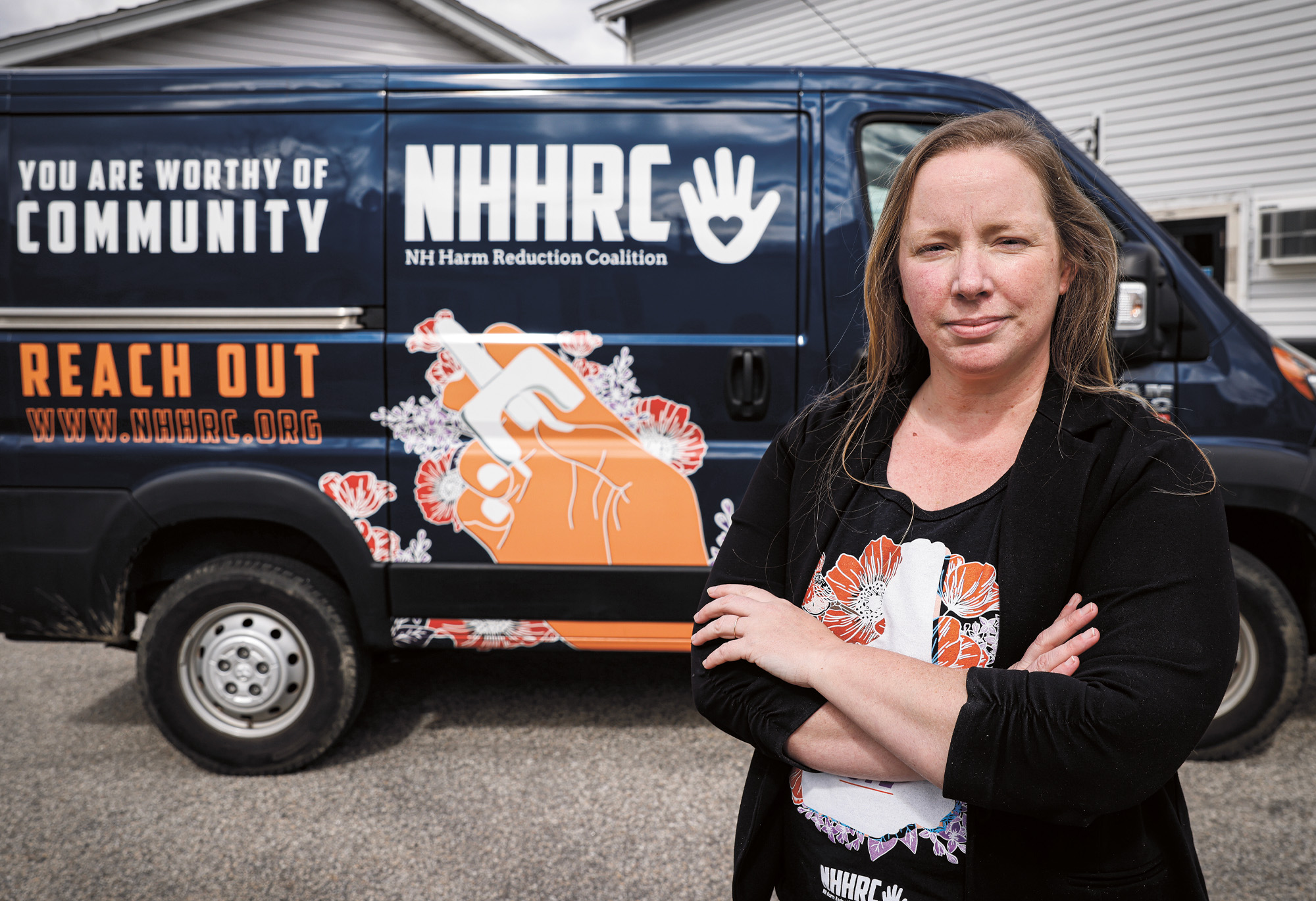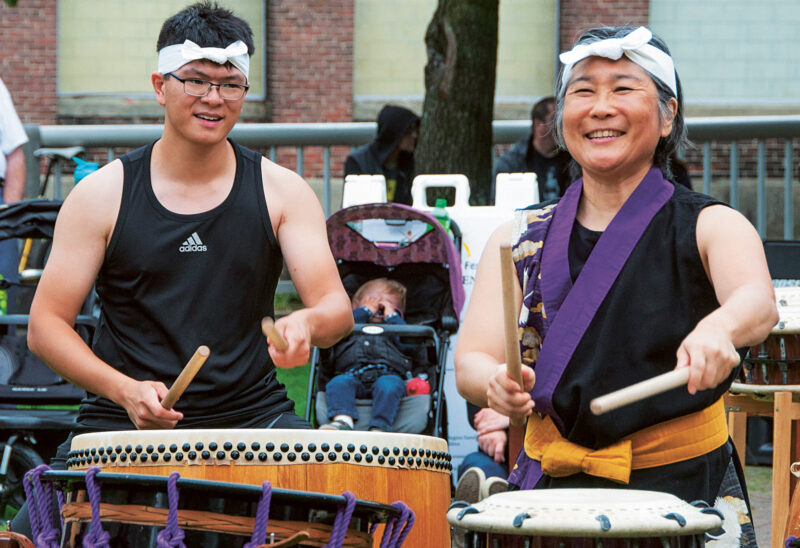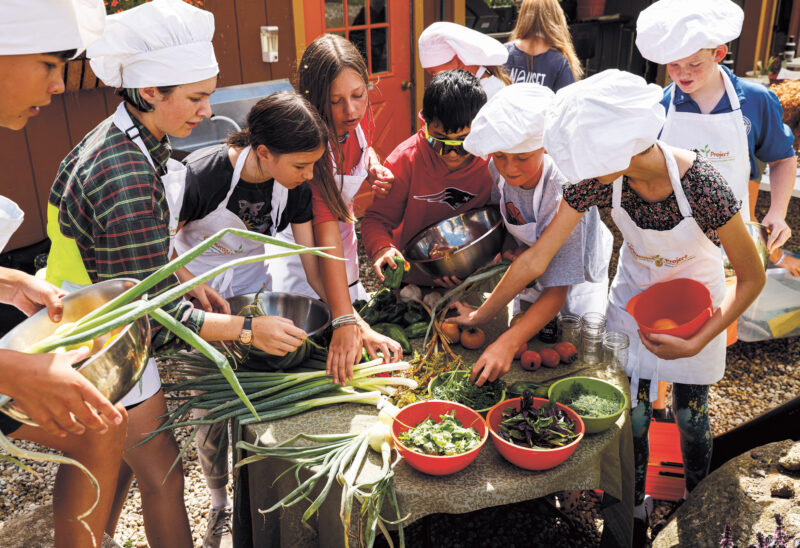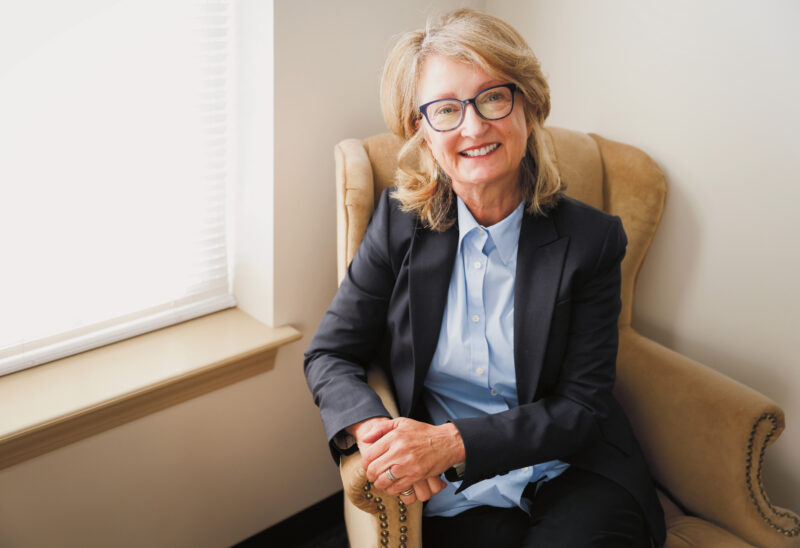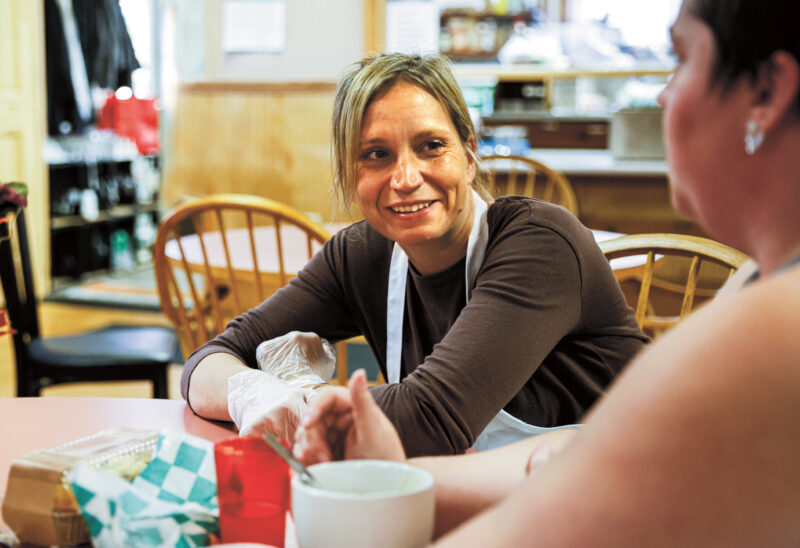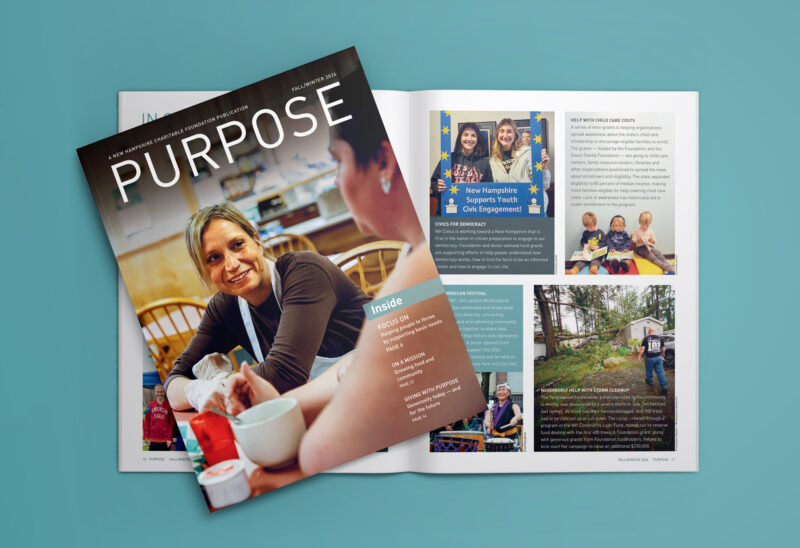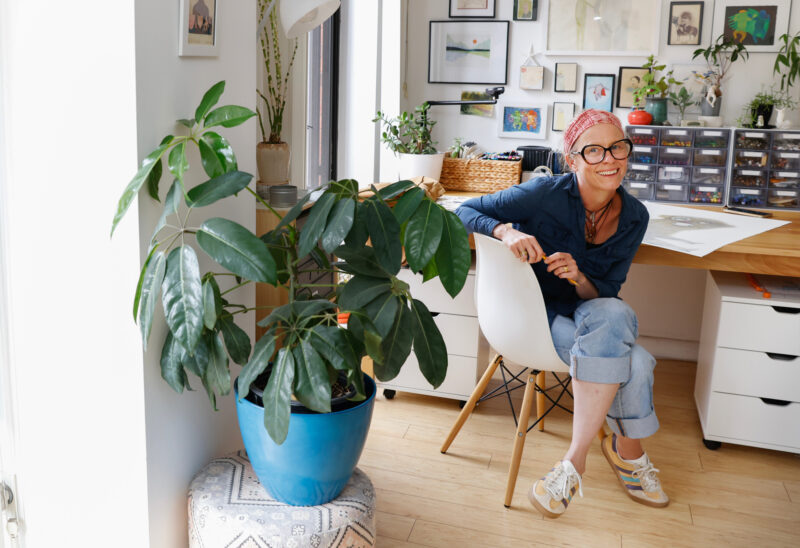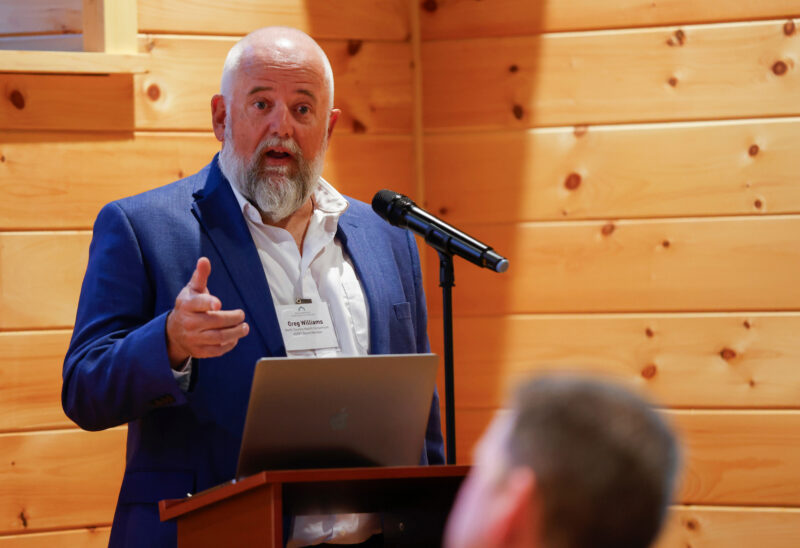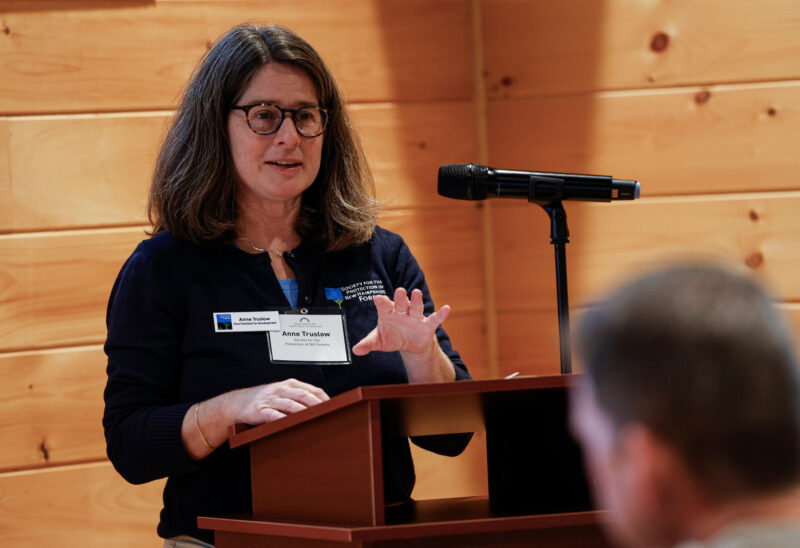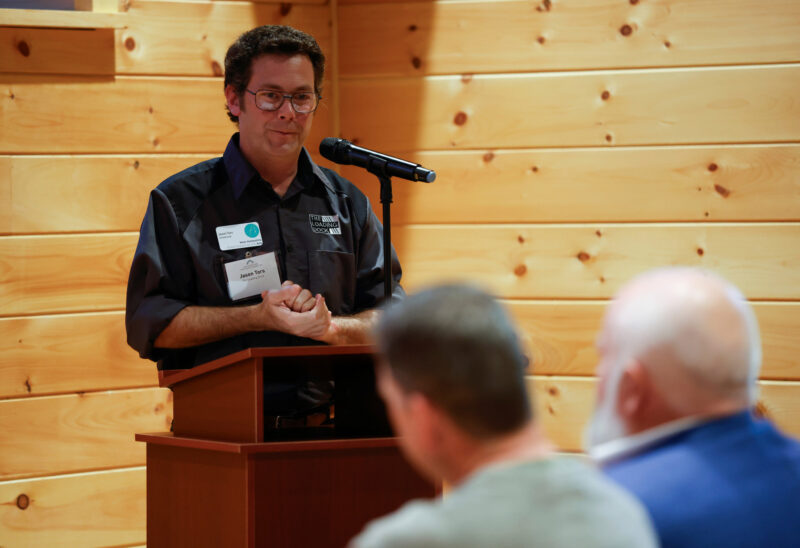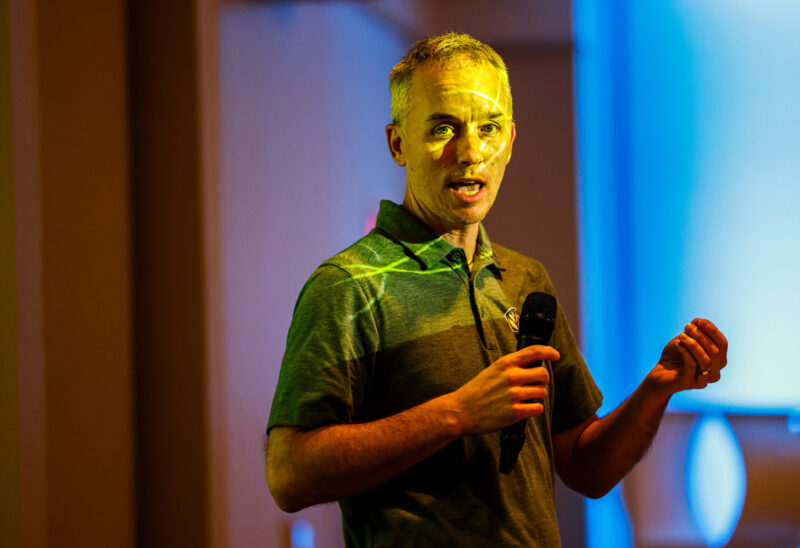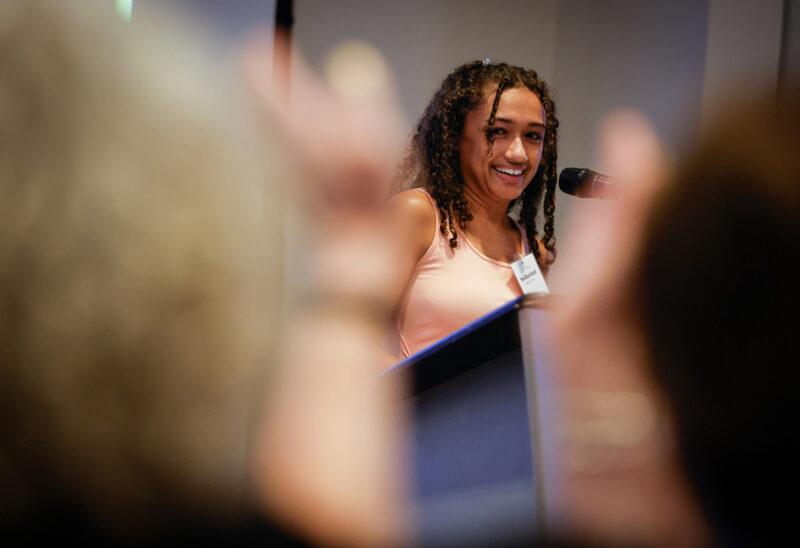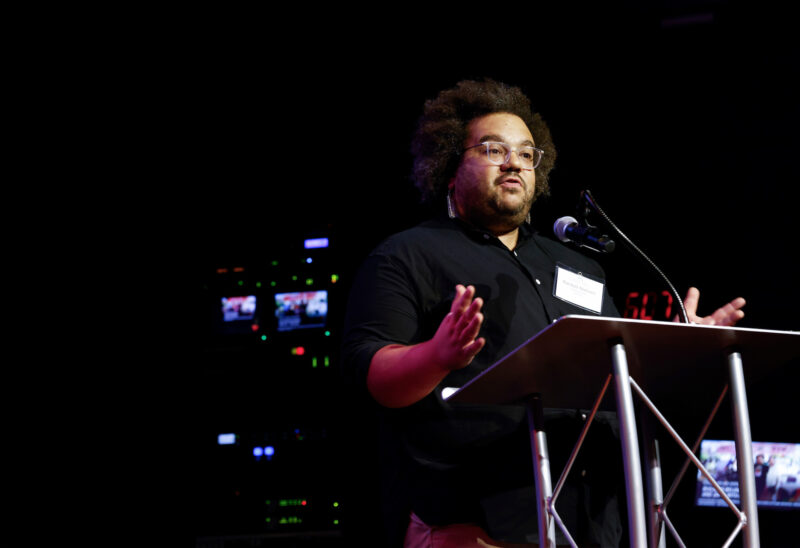Update 2/27/25: The Harm Reduction coalition has launched a second overdose-prevention van, expanding services to additional areas of the state, including Sullivan, Carroll, and Cöos counties.
Lois Shea: Help people understand what “harm reduction” means.
Lauren McGinley: Harm reduction is sunscreen, it’s helmets, it’s seatbelts — and we love those things. But when we are talking about harm reduction for substance use, it’s strategies that reduce harms, injuries and fatalities. That can be street-level care — providing naloxone, syringes, breathing masks and wound care and, in general, talking to people about “if you are using drugs there are steps you can take to prevent additional harms from happening.”
LS: Why is harm reduction an important tool in the toolbox to reduce deaths from addiction and overdose?
LM: Harm reduction is a very integral part of the spectrum of services that we need to offer to people in our state. If a person may be on a path to reducing, limiting or ceasing substance use, often the best place to start is with harm reduction professionals. I think that real, sustainable change is made very incrementally. Any service that someone might receive is one tiny step. Using drugs is dangerous and the drug supply in our state and in the U.S. is massively dangerous. If somebody is not able to stop right now, the next best thing is to start talking about strategies to reduce harm. The argument against this strategy is that it encourages further use.
Not a day goes by that someone doesn’t ask that. There is a saying: “You can’t recover if you’re dead.” A person deserves safety whether they use a drug or not.
LS: You operate a mobile overdose prevention van that travels around bringing services to folks. Update 2/27/25: The Harm Reduction coalition has launched a second overdose-prevention van, expanding services to additional areas of the state, including Sullivan, Carroll, and Cöos counties. (The Foundation helped to fund the launch of both vans).
LM: My baby! It’s wonderful. It means we can be in the community and people have something to recognize us by. There is no way we could bring the amount and the breadth of supplies and services to people without this van. We can take sleeping bags and jackets and safe drinking water. We have a nurse practitioner who works with us, and a host of medical services for people. We made the design of the van beautiful and joyful because having these critical, life-saving services in a community is a joyful thing and should be celebrated. It makes me happy every time I see it. We want people to see that van and know that we are a healthier community because we have welcomed these services into it.
LS: Tell me about someone whose life was changed by harm reduction efforts.
LM: We had a gentleman attending one of our syringe exchanges who had developed a really friendly, nice relationship with our care coordinator. Our care coordinator started to notice some really severe wounds that he had and helped him treat those. He got really excited about the improvement of his wounds. Then there were some gentle conversations about reducing his drug use. And a year and a half later, he asked, “Hey do you guys known anyone I could talk to about medication-assisted treatment?” And what was awesome was to be able to immediately turn to our nurse practitioner and say “Him.” And now he is in treatment, and he still comes to chat and say “Hi.”

